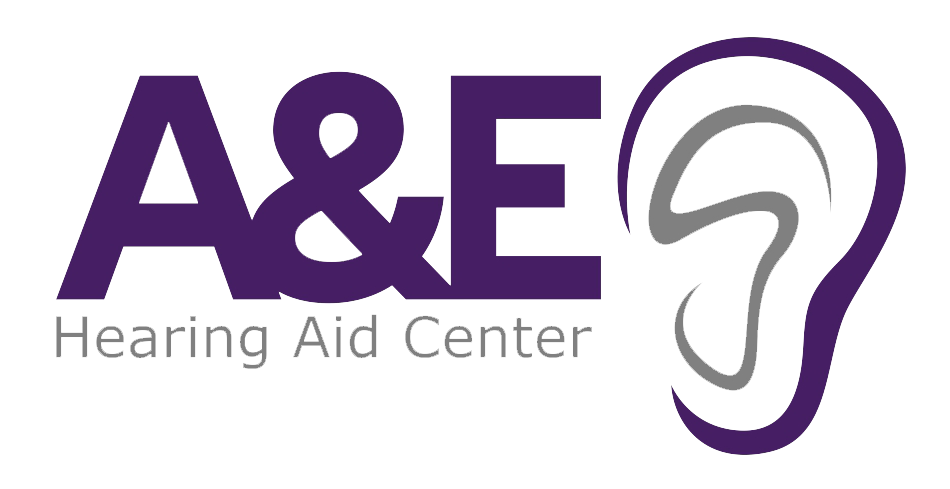Hearing Testing
Hearing EvaluationsUnderstanding the problem is half the battle.
What to Expect During your First Visit
There’s no need to feel anxious. A hearing evaluation is a quick and painless process. We’ll begin by asking a few questions about your hearing history. Then, take a brief look inside your ears and conduct a series of tests. The tests will involve listening to different sounds and words. Once we’re finished, the results will be reviewed with you and we’ll discuss any recommended next steps.
Hearing Loss Fact
About 2 percent of adults aged 45 to 54 have disabling hearing loss. The rate increases to 8.5 percent for adults aged 55 to 64. Nearly 25 percent of those aged 65 to 74 and 50 percent of those who are 75 and older have disabling hearing loss.
About Your Hearing Evaluation
A hearing test is a painless procedure designed to provide us with information about the status your ability to hear. The following are a few of the procedures that might occur during the course of a hearing test. We treat every patient as an individual and as such we will tailor your visit to meet your needs.
History
We begin the process by asking questions. Your answers to the questions will help us to determine what other questions we may need to ask and which tests we may administer.
Otoscopic Examination
Pure Air Conduction Testing
Pure Bone Conduction Testing
To administer this test, a small device that vibrates will be placed behind one ear at a time. If the hearing levels in both ears are similar this test will usually be done with the vibrator device behind one ear only. The remainder of the test is the same as the pure tone air conduction test.
Speech Discrimination Testing
Consultation
It’s important for you to ask questions. We’ll also provide you with recommendations some short term and some long term. Our recommendations will also consider the entire picture not just your ears.
And then we sit down with you and explain the results and what it all means because we believe your journey to better hearing should be a partnership with you and your hearing healthcare provider. And we believe that journey should begin by making sure you’re as well informed as possible about your problem and all possible solutions.
Signs of A Hearing Loss
Hearing loss is a sudden or gradual decrease in how well you can hear. Having trouble hearing can make it hard to respond to warnings, and to hear doorbells and alarms. It can also make it hard to enjoy talking with friends and family. All of this can be frustrating, embarrassing, and even dangerous. Here are a few signs that you might have hearing loss.
Do others complain the TV is too loud?
Do you have trouble hearing in a noisy room?
Do you have more trouble hearing women than men?
Do you ask others to repeat themselves?
Do you avoid going out because you’ll struggle to hear?
Do you notice any ringing or buzzing sounds in either ear?
Who is more likely to experience hearing loss, men or women?
Men are more likely to experience hearing loss than women.
Who is the typical person suffering from tinnitus?
What percentage of American adults report hearing loss?
Is there a connection between hearing loss and age?
There is a strong relationship between age and reported hearing loss: 18 percent of American adults 45-64 years old, 30 percent of adults 65-74 years old, and 47 percent of adults 75 years old or older have a hearing loss.
How does exposure to loud noise impact your hearing?

93-10 Queens Blvd
Unit 1D
Rego Park NY 11374
(718) 205-0664
Call us today!
F: 9:00AM - 1:00PM
